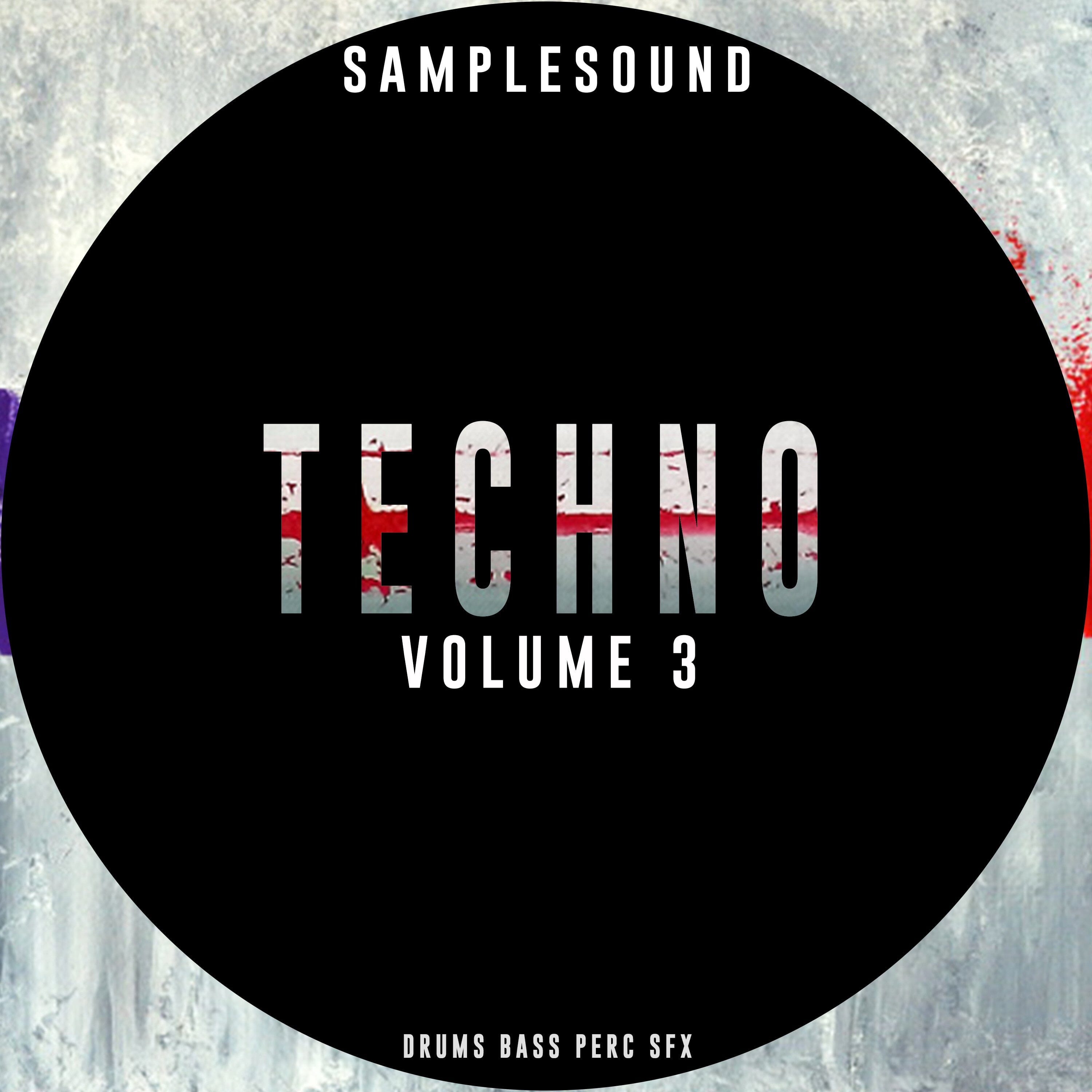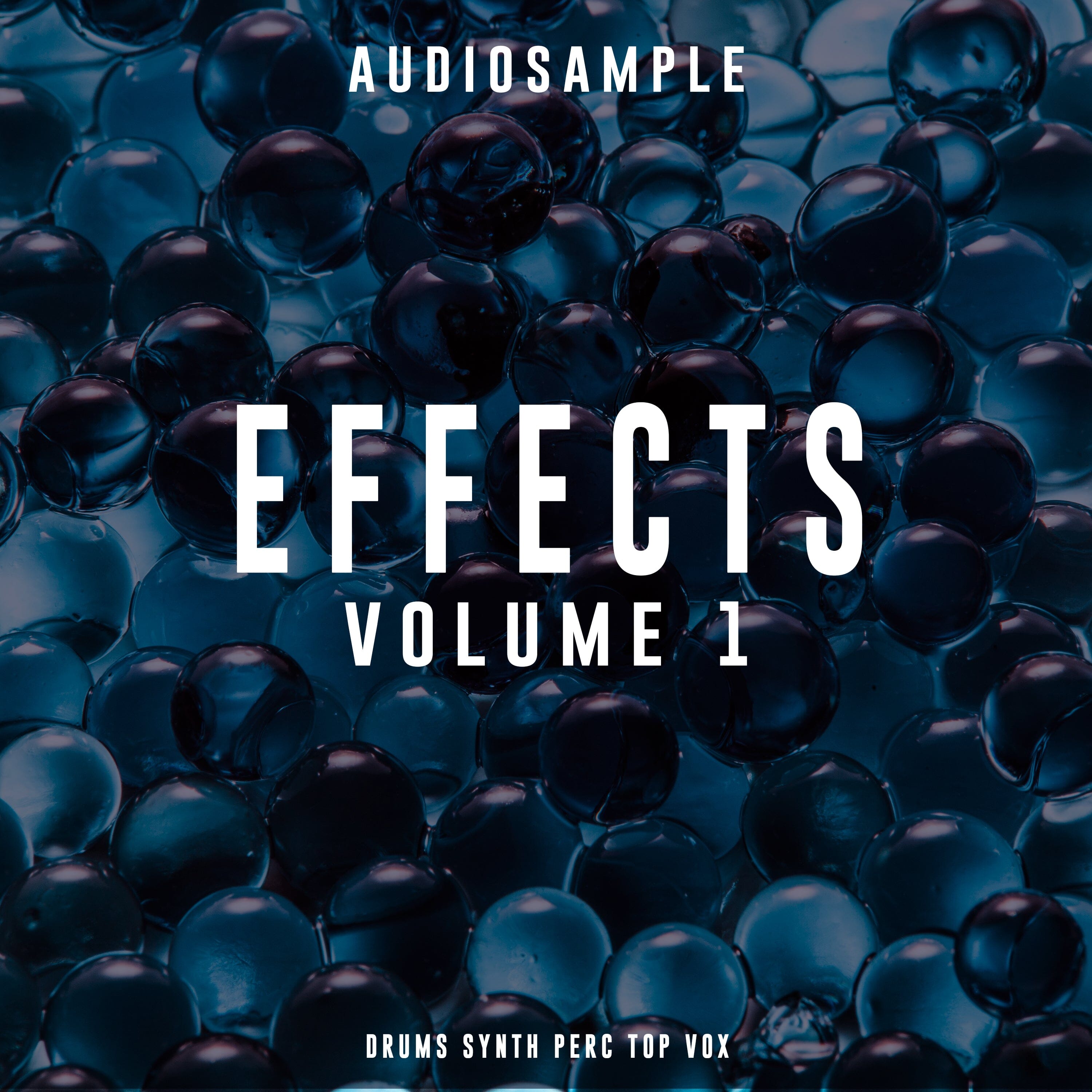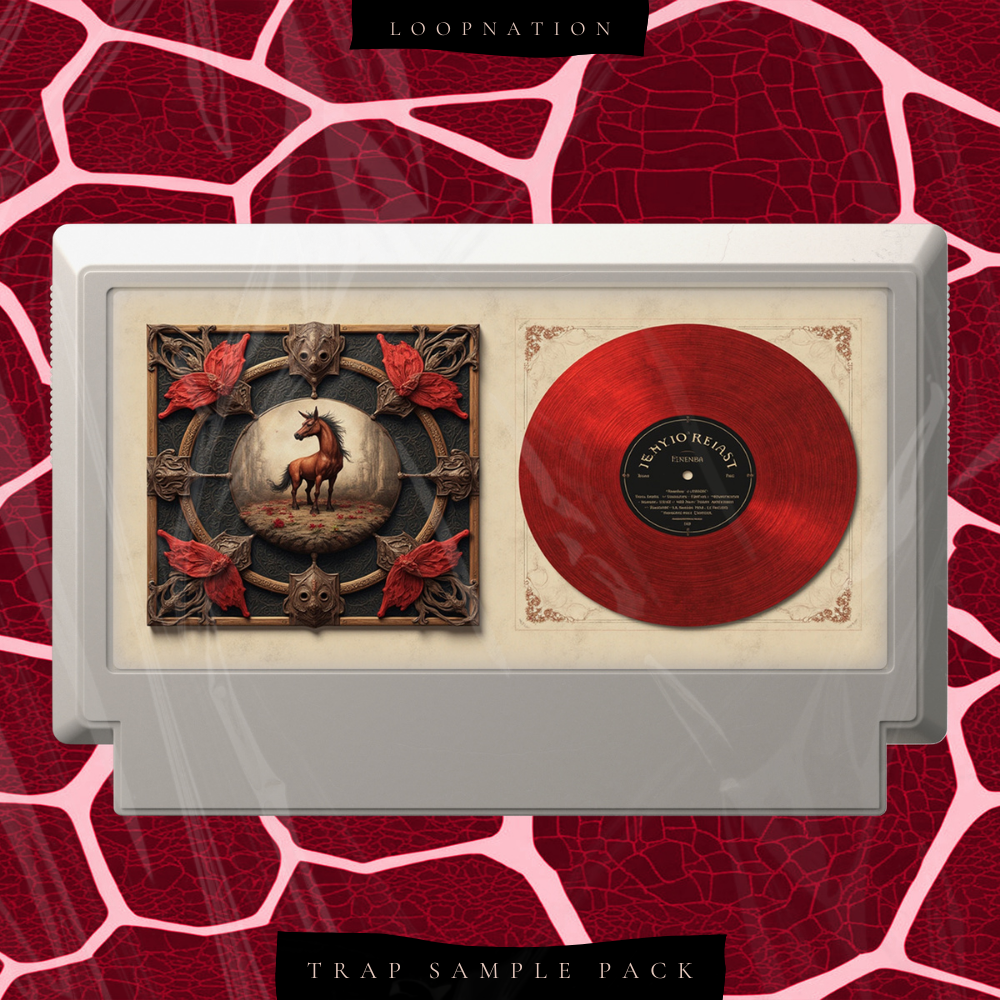One of the biggest differences between an amateur-sounding track and a professional production often comes down to layering samples. Layering is a powerful technique that allows producers to combine multiple sounds to create depth, punch, and unique character. Whether you are a beginner still learning the basics or an experienced artist pushing boundaries, understanding how to layer samples properly can take your music to the next level.

What Does It Mean to Layer Samples?
At its core, layering samples means stacking two or more sounds on top of each other to build a richer, more complex result. Instead of relying on a single kick, snare, or pad, producers often blend multiple samples together, each serving a different purpose.
For example:
-
A kick drum might be built from three layers—a deep sub for weight, a mid-range punch for body, and a clicky top for attack.
-
A snare can combine a crisp electronic hit with a roomy clap to add width.
This technique not only fills the frequency spectrum but also gives you control over the sonic identity of your track.
Why Layering Samples Is Essential
Achieve a Fuller Sound
When you rely on just one sample, it might lack certain frequencies or feel thin in the mix. By layering, you can cover more of the frequency spectrum—low, mid, and high—so your sound feels complete and powerful. For beginners, this is a simple way to make tracks sound “bigger” instantly, while pros use it to craft polished mixes that hold up in clubs and streaming platforms.
Add Punch and Clarity
Every sample has its own strengths: one might have a sharp transient, another a warm body, and another a crisp tail. By combining them, you can create a sound that cuts through the mix with precision and clarity. This is especially important for kicks and snares, which need to stand out without overwhelming the rest of the track.
Creative Freedom
Layering is not only about power—it’s about identity. When you combine different sounds, you can build something unique that no one else has. This allows you to move beyond the raw samplepack and create your own sonic signature, whether you’re producing techno, trap, or cinematic scores.

How to Layer Samples Effectively
Choose the Right Sounds
The foundation of good layering starts with the right source material. If your samples are already well-recorded and genre-appropriate, layering becomes much easier. Avoid stacking sounds that compete for the exact same frequency range—choose elements that complement each other instead. Using high-quality samplepacks gives you a strong starting point.
EQ and Frequency Separation
When two samples occupy the same frequency space, they clash and cause muddiness. The solution is to use EQ to “carve out” space for each layer. For example:
-
Apply a high-pass filter to a snare layer that only adds top-end snap.
-
Cut the low frequencies of a clap if you’re layering it with a punchy snare.
This ensures that every layer contributes something unique without overwhelming the mix.
Phase Alignment
Even if two samples sound great on their own, they can cancel each other out when layered if they are out of phase. Always zoom into the waveform in your DAW and check alignment. If needed, nudge one sample slightly so the transients line up—this can make the difference between a weak, hollow sound and a punchy, solid one.
Balance and Dynamics
Layering is as much about balance as it is about sound design. Set proper levels so one layer doesn’t dominate the others. Use compression, parallel processing, or transient shapers to glue the layers together. Subtle adjustments often have a bigger impact than adding more layers.

Layering Techniques by Instrument
Kicks
The kick is the heartbeat of most electronic tracks, and layering is the key to getting it right. A professional kick often combines:
-
Sub Layer → Provides deep low-end energy that you feel in the chest.
-
Mid Layer → Adds body and warmth, making the kick audible on smaller speakers.
-
Click/Top Layer → Enhances the attack so the kick cuts through the mix.
Pro tip: Use EQ to remove lows from the click and highs from the sub so each layer has its own role.
Snares and Claps
A snare by itself might sound flat, but when layered with a clap or a rimshot, it gains width and texture. Try combining:
-
A tight electronic snare for punch.
-
A roomy clap for stereo width.
-
Optional noise or reverb tail for extra character.
Hi-Hats
Hi-hats bring rhythm and groove, but layering helps them feel more organic. Combine:
-
Closed hat with a sharp transient.
-
Open hat for brightness and sustain.
Adjust volume so the closed hat drives the groove while the open hat adds air.
Bass
Basslines often benefit from splitting frequencies:
-
Sub-Bass Layer → Clean sine or 808-style low end for depth.
-
Mid-Bass Layer → Distorted or textured layer for presence on laptops and phones.
Blending these ensures your bass is powerful across all systems.
Pads and Atmospheres
Pads are all about creating emotion. Layering different textures can add movement and depth:
-
Warm pad for body.
-
Airy pad or strings for high-end shimmer.
-
Noise or texture sample for subtle motion.
Use reverb and panning to create a wide, immersive space.
Common Mistakes to Avoid
Over-Layering
More layers don’t always mean a better sound. In fact, stacking too many samples can make your mix muddy and difficult to control. Stick to a clear purpose for each layer—sub, body, or top—and avoid redundancy.
Ignoring Phase Issues
One of the most common mistakes is forgetting to check phase alignment. If layers are out of phase, your powerful kick or bass can lose impact and sound weak. Always check waveforms and adjust timing when necessary.
Frequency Clashing
Layering without proper EQ can cause samples to fight for the same frequency space. This results in a cluttered mix that lacks clarity. Use filters and EQ cuts to give each sound its own “room” in the spectrum.
Neglecting Dynamics
Even with great samples, poor balance ruins the result. If one layer is too loud, it can overpower the others. Use volume automation, compression, and subtle saturation to glue layers together without crushing dynamics.
Forgetting the Mix Context
A sound might be huge on its own but overwhelming inside a full track. Always check your layered samples in the mix, not in solo mode. The goal is cohesion, not just power.
Best Samplepacks for Layering
Layering works best when you start with high-quality samples. If the sounds are already polished and professionally recorded, it becomes much easier to combine them without clashing or losing clarity.
At Samplesound, you’ll find a wide range of samplepacks designed specifically for layering and production across different genres. For example:
-
Techno Samplepacks → Punchy kicks, rolling basslines, and dark atmospheres.
-
Tech House Samplepacks → Crisp hi-hats, groovy percussion, and vocal chops.
-
House Samplepacks → Warm chords, classic drum hits, and soulful textures.
-
Drum & Bass Samplepacks → Heavy sub-bass, fast breaks, and high-energy FX.
-
Hip Hop & Trap Samplepacks → Hard-hitting 808s, snares, and melodic loops.
For even more flexibility, you can explore our Bundles and Build Your Bundle options to mix and match packs that best fit your workflow.
👉 Browse the full Samplesound Samplepack Collection and start layering with professional-grade sounds today.
FAQ for How to Layer Samples for a Professional Sound
Q: Why should I layer samples?
Layering gives your sounds more depth, punch, and clarity. It allows you to create a fuller mix and develop a unique sonic identity.
Q: How many layers should I use for one sound?
There’s no strict rule, but usually 2–3 layers are enough. Each should have a specific role (sub, body, top).
Q: How do I avoid muddiness when layering samples?
Use EQ to separate frequency ranges, check phase alignment, and balance volumes so layers complement each other.
Q: Can I layer samples from different genres?
Yes—mixing sounds across genres can create unique textures, as long as they fit harmonically and rhythmically.
Q: Which samplepacks are best for layering?
Packs with clean, genre-focused sounds are ideal. Explore Samplesound’s Samplepacks for Techno, Tech House, Drum & Bass, Hip Hop, and more.
















